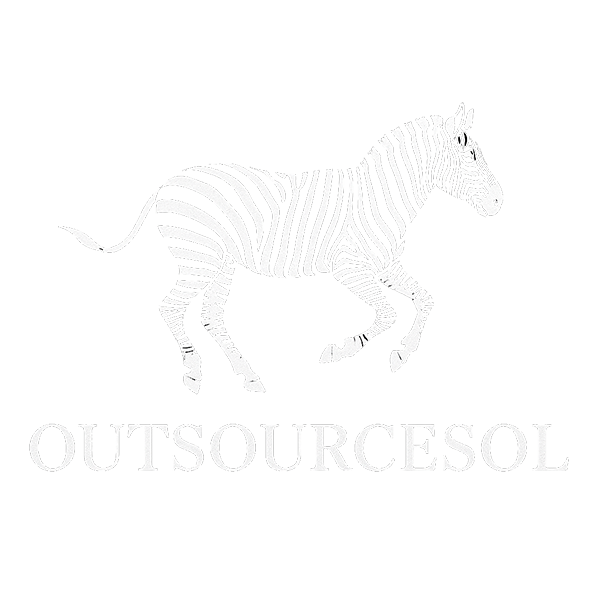
5 Important Steps in the Tanning of Hides
Share
The tanning process of animal hides such as a Zebra skin rug is the process by which the skin of an animal is turned into leather. The term "tanning" also refers to the materials used in this process, particularly the chemicals involved.
It is a five stage system: it begins with fleshing, followed by deliming, tanning, oiling and finishing.
Fleshing [definition]: Fleshing is a term for removing non-leather elements from a hide or skin, such as flesh and fat from zebra hides and cowhides before turning them into soft leathers. In ancient times these were removed by hand using a knife, but fleshers have been replaced in modern times by machines that scrape off surface tissue without penetrating the deeper levels of the skin structure.
Deliming [definition]: Deliming is a term for removing hair from hides or skins, while fat and flesh are removed during fleshing. Deliming can be done by soaking the hides in a deliming solution which breaks down the disulfide bonds in hair keratin so that they can be rinsed away, or chemically or physically removing the hair from the hide/skin. Soaking times depend on temperature and other conditions, but deliming times typically range from minutes to hours. This process is not applied with Zebra hide rugs given the hair and patterns are left intact.
Tanning [definition]: Tanning is a process that stabilizes protein fibers in animal skins to increase resistance against putrefaction (rotting). The main use of tanning materials has been leather production, but alternative methods are used such as Fish Glue. Tanning can be performed using mineral tanning (treating the hides with soluble mineral salts), or vegetal tanning (using tannins from plants).
Oiling [definition]: Oiling is a process to lock-in moisture in rawhide and skin products by coating them with an oiled finish.
Finishing [definition]: Finishing refers to the mechanical processing that follows tanning, i.e., how it affects one or more of the product's properties including appearance, hygiene and texture.
Benefits of Tanning
- The tanning process helps to make the rawhides more weather resistant.
- It creates a supple, soft material that is easy to sew or glue.
- It helps to create consistent colors and patterns in finished leathers.
